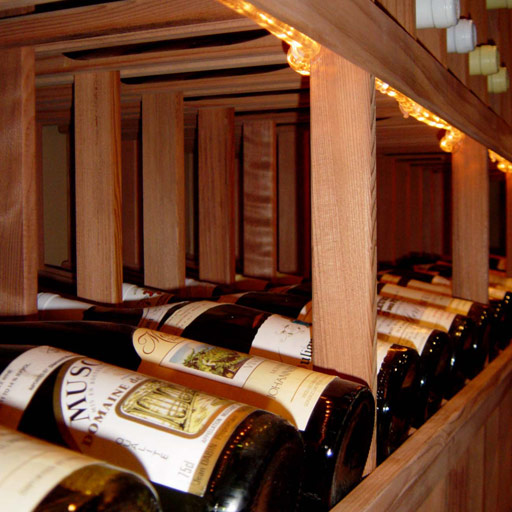It’s pretty easy to forget the sheer availability of goods in today’s world. It wasn’t that long ago that there wasn’t an investment market, certainly not much buying outside of Europe or the United States. There weren’t near as many wines available then, as there are today. Prices usually rose slowly as supply dropped. One of the few ways to access wine outside of the original producers, were the merchants that dominated the auctions.
Between the rise in the quality of wine being produced in a few different places and a overwhelming rise in Global GDP from $1.35 trillion (1960) to $29.99 trillion (1995), makes no sense why prices didn’t rise sooner.

Historic facts about investing in wine
As surreal as it may seem, the history of investing in fine wine spans over 300 years. The market has been through a lot - revolutions, wars, riots, and at last, evolution. One thing has prevailed throughout the centuries: the market is relatively stable and it doesn't feature significant investment risks. Fine wine investments have the great potential to outperform other investment options, and the greatest part is that significant changes such as the recession, stock market fluctuations, and interest rate changes haven't had such a major impact.
Although premium wines have been conquering the market for centuries, the official sale/resale of first-class wines for cash became a phenomenon between 1970 and 1980. It was in the 70s when articles about wine investments started to populate the US newspapers. Unfortunately, most articles were meant to warn people that selling wine was illegal. In the 80s, the state of Illinois finally decided to allow people to sell wine without forcing investors to get a retail license. Most investors relocated to Europe, where the wines were better and the laws were less stringent.
Some of the world's best vineyards are in Europe, however, globalization took over and the current market is slowly expanding to Japan and China. At the moment, the wine market is mainstream, and in case you didn't know, in the UK most private collectors claim that fine wines valued at $2 billion are kept in bonded warehouses.

A rise in quality, availability and prices (1995 - 2009)
Wine investment boomed between the mid-90’s and 2009, returns during this time was unheard of. Bordeaux and Burgundy, both showed around a 200% increase. Rhone Valley was even more major, showing growth around 300%. The period between 2005 and 2008 was known as “the golden age for wine.” In the United States, auction prices for wine rose in spite of the terrorist attacks from 2001. By the end of 2008, the ignoble rot started to set in, pretty much due to the subprime mortgage/credit bubble.
China’s wine prices rose on the back of the arrival of new and emerging markets. Liquidity increased due to more wines and a greater global infrastructure. Merchants grew to meet the burgeoning demand that resulted in greater transparency.

Today’s wine market - prospects & expectations
The market rallied between July, 2009 and July, 2011, due to the global market’s stabilization effects of April’s G20 summit. Once the value started falling, it has continued to drop. The index has currently lost over 25% of its previous peak value.
There are probably over 100,000 wine producers in the world, but it’s estimated that only 250 produce the sort of premier wine that are worth investing in. Some wines may sell for thousands of dollars per bottle, but”fine wine” covers $30-50 bottles. Investment wines are considered to be “Veblen goods”, which means as the price rises, the demand increases instead of decreases. If you are just starting out to buy wine as an investor, it is usually recommended to work with a broker, merchant, or consultant to minimize risk due to lack of knowledge.
The absolute worst thing about investing in wine is the time that it takes for the wine’s value to appreciate. Just like with any business these days, the investment of fine wine has attracted fraudsters. They love to prey on the new investor’s ignorance during this part of the wine market. Wine fraud usually takes place by these crooks convincing new investors that the wine they are trying to sell them is the best, when in reality it’s useless.


